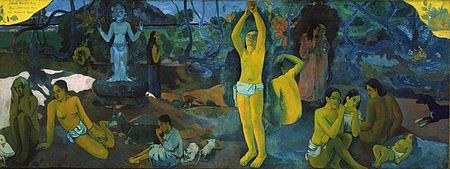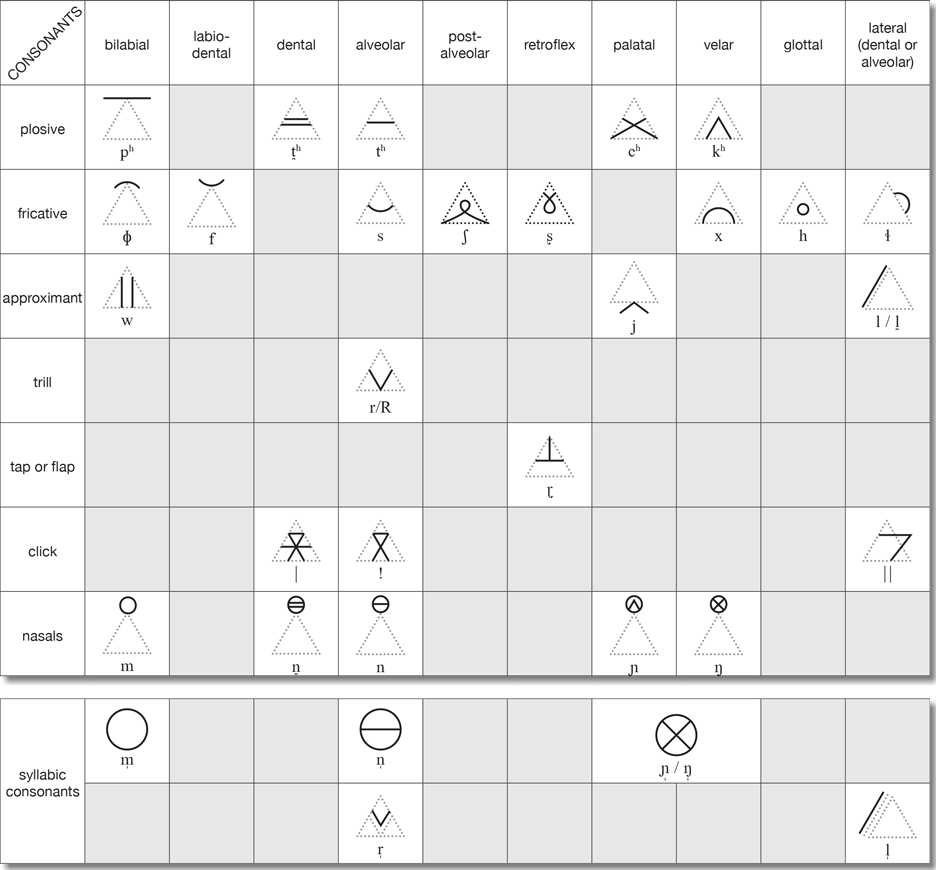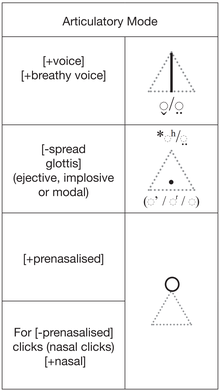Ditema tsa Dinoko
| |||||||||||||||||||||||
Read other articles:

Voce principale: Martiri Clarettiani di Barbastro. Beato Atanasio Vidaurreta Labra, C.M.F. seminarista e martire NascitaAdiós, 2 maggio 1911 MorteBarbastro, 18 agosto 1936 (25 anni) Venerato daChiesa cattolica Beatificazione25 ottobre 1992 Santuario principaleMausoleo dei Martiri nella casa museo dei clarettiani di Barbastro Ricorrenza18 agosto Manuale Atanasio Vidaurreta Labra (Adiós, 2 maggio 1911 – Barbastro, 18 agosto 1936) è stato un religioso spagnolo, martirizzato a B…

Voce principale: Leonard Bernstein. Leonard Bernstein, ca. 1950s. Questa è una lista di composizioni del compositore americano Leonard Bernstein. Indice 1 Balletto 2 Opera 3 Musical 4 Musiche di scena ed altro teatro 5 Musica da film 6 Orchestra 7 Coro 8 Musica da camera 9 Musica vocale 10 Musica per pianoforte 11 Altra musica 12 Note 13 Bibliografia Balletto Fancy Free (in seguito ha fornito materiale per On the Town e West Side Story) (1944) Facsimile, Saggio coreografico per orchestra (1946)…

Questa voce o sezione sugli argomenti avvocati statunitensi e politici statunitensi non cita le fonti necessarie o quelle presenti sono insufficienti. Puoi migliorare questa voce aggiungendo citazioni da fonti attendibili secondo le linee guida sull'uso delle fonti. Segui i suggerimenti del progetto di riferimento. Edward Bates 26º Procuratore generale degli Stati UnitiDurata mandato5 marzo 1861 - 24 novembre 1864 PredecessoreEdwin McMasters Stanton SuccessoreJames Speed Dati generali…

As firefighting has a rich history throughout the world, traditions in this profession vary widely from country to country. Andorra Main article: Andorra § Fire brigade The Andorran Fire Brigade, with headquarters at Santa Coloma, operates from four modern fire stations, and has a staff of around 120 firefighters. The service is equipped with 24 fire service vehicles - 16 heavy appliances (fire tenders, turntable ladders, and specialist four-wheel drive vehicles), four light support vehicl…
NFL team 31st season 1990 San Diego Chargers seasonOwnerAlex SpanosGeneral managerBobby BeathardHead coachDan HenningHome fieldJack Murphy StadiumResultsRecord6–10Division place4th AFC WestPlayoff finishDid not qualifyPro Bowlers 3 RB Marion ButtsWR Anthony MillerDE Leslie O'Neal AP All-Pros 1 RB Marion Butts (2nd team) ← 1989 Chargers seasons 1991 → A Junior Seau jersey showing his retired number, 55. Seau began a 13-year stint in the Charger defense in 1990. The 19…

Former public baths and library complex and current Muslim centre in Birmingham Green Lane MasjidThe Masjid, formerly Green Lane Public Library and Baths (Martin & Chamberlain 1893–1902)ReligionAffiliationAhl-i Hadith[1]LocationLocationSmall Heath, Birmingham EnglandGeographic coordinates52°28′23.30″N 1°51′50.90″W / 52.4731389°N 1.8641389°W / 52.4731389; -1.8641389ArchitectureArchitect(s)Martin & ChamberlainTypemosqueStyleGothic-Jacobean styl…

Частина серії проФілософіяLeft to right: Plato, Kant, Nietzsche, Buddha, Confucius, AverroesПлатонКантНіцшеБуддаКонфуційАверроес Філософи Епістемологи Естетики Етики Логіки Метафізики Соціально-політичні філософи Традиції Аналітична Арістотелівська Африканська Близькосхідна іранська Буддійсь…

ماليشفي(بالألبانية: Malishevë) ماليشفيشعار المدينة موقع بلدية ماليشفي في خريطة كوسوفو تقسيم إداري البلد كوسوفو[1][2] البلد كوسوفو المقاطعة مقاطعة بريزرن خصائص جغرافية إحداثيات 42°28′58″N 20°44′45″E / 42.48278°N 20.74583°E / 42.48278; 20.74583 المساحة 400 كيلومتر مربع …

« رسالة يوحنا الثالثة » عدد الإصحاحات 1 الكاتب وفق التقليد يوحنا تاريخ الكتابة المتوقع من 85م إلى 90م مكان الكتابة المتوقع أفسس تصنيفه 25 نص رسالة يوحنا الثالثة في ويكي مصدرمكتبة النصوص المجانية جزء من سلسلة مقالات حولأسفار العهد الجديد الأناجيل الأناجيل متى…

Sub-field of ecology Map of population trends of native and invasive species of jellyfish[1] Increase (high certainty) Increase (low certainty) Stable/variable Decrease No data Population ecology is a sub-field of ecology that deals with the dynamics of species populations and how these populations interact with the environment, such as birth and death rates, and by immigration and emigration.[2] The discipline is import…

Alert posture used by the United States Armed Forces For other uses, see Defcon (disambiguation). DEFCON levels The defense readiness condition (DEFCON) is an alert state used by the United States Armed Forces.[1][2] For security reasons, the US military does not announce a DEFCON level to the public.[1] The DEFCON system was developed by the Joint Chiefs of Staff (JCS) and unified and specified combatant commands.[3] It prescribes five graduated levels of readine…

County in Nebraska, United States Not to be confused with Johnson, Nebraska. County in NebraskaJohnson CountyCountyJohnson County Courthouse in TecumsehLocation within the U.S. state of NebraskaNebraska's location within the U.S.Coordinates: 40°24′N 96°16′W / 40.4°N 96.27°W / 40.4; -96.27Country United StatesState NebraskaFounded1855 (founded)1857 (organized)Named forRichard Mentor JohnsonSeatTecumsehLargest cityTecumsehArea • Total377 s…

Chloridolum Chloridolum grossepunctatum Klasifikasi ilmiah Kerajaan: Animalia Filum: Arthropoda Kelas: Insecta Ordo: Coleoptera Famili: Cerambycidae Genus: Chloridolum Chloridolum adalah genus kumbang tanduk panjang yang tergolong famili Cerambycidae. Genus ini juga merupakan bagian dari ordo Coleoptera, kelas Insecta, filum Arthropoda, dan kingdom Animalia. Larva kumbang dalam genus ini biasanya mengebor ke dalam kayu dan dapat menyebabkan kerusakan pada batang kayu hidup atau kayu yang telah d…

Ancient Roman noble family Arch of the Sergii in Pula, Croatia The gens Sergia was a patrician family at ancient Rome, which held the highest offices of the Roman state from the first century of the Republic until imperial times. The first of the Sergii to obtain the consulship was Lucius Sergius Fidenas in 437 BC. Despite long and distinguished service, toward the end of the Republic the reputation of this gens suffered as a result of the conspiracy of Catiline.[1] Origin The Sergii cla…

Principle of least time For other theorems named after Pierre de Fermat, see Fermat's theorem. Fig. 1: Fermat's principle in the case of refraction of light at a flat surface between (say) air and water. Given an object-point A in the air, and an observation point B in the water, the refraction point P is that which minimizes the time taken by the light to travel the path APB. If we seek the required value of x, we find that the angles α and β satisfy Snell's law. Fermat's prin…

L'onde incidente (en rouge) réfléchie sur la paroi produit l'onde réfléchie (en bleu). La superposition des deux produit le clapotis (en noir). En hydrodynamique, le clapotis est une forme d'ondes stationnaires non-déferlantes provoquée entre autres par la réflexion d'un train d'ondes de surface sur un rivage presque vertical tel un brise-lames, une digue ou une falaise abrupte[1],[2],[3],[4]. L'onde clapotique résultante ne se déplace pas horizontalement et sa structure de nœuds et de…

University in Cochin, Kerala, India CUSAT redirects here. For other uses, see CUSAT (disambiguation). This article needs additional citations for verification. Please help improve this article by adding citations to reliable sources. Unsourced material may be challenged and removed.Find sources: Cochin University of Science and Technology – news · newspapers · books · scholar · JSTOR (May 2021) (Learn how and when to remove this message) Cochin University…

Graduate school of Divine Mercy University in Arlington, Virginia, USA Institute for the Psychological SciencesTypeGraduateEstablished1999Parent institutionDivine Mercy UniversityPresidentRev. Charles Sikorsky, L.C., J.D., J.C.L.Academic staff17Administrative staff15Postgraduates160Address45154 Underwood Ln, Sterling, Virginia, U.S.CampusUrbanAffiliationsRoman Catholic ChurchWebsitedivinemercy.edu/ips/ The Institute for the Psychological Sciences (IPS) is a graduate school of psychology and an i…

1968 film by John Wayne, Ray Kellogg The Green BeretsTheatrical release poster by Frank McCarthyDirected by John Wayne Ray Kellogg Screenplay byJames Lee BarrettBased onThe Green Berets1965 novelby Robin MooreProduced byMichael WayneStarring John Wayne David Janssen Jim Hutton Aldo Ray Raymond St. Jacques Bruce Cabot Patrick Wayne Luke Askew George Takei CinematographyWinton C. HochEdited byOtho LoveringMusic byMiklós RózsaColor processTechnicolorProductioncompanyBatjac ProductionsDistributed …

Stasiun Kurogo黒子駅Stasiun Kurogo pada Oktober 2016LokasiTsuji 1520-3, Chikusei-shi, Ibaraki-ken 308-0103JepangKoordinat36°14′50″N 139°58′31″E / 36.2473°N 139.9753°E / 36.2473; 139.9753Koordinat: 36°14′50″N 139°58′31″E / 36.2473°N 139.9753°E / 36.2473; 139.9753OperatorKantō RailwayJalur■ Jalur JōsōLetak43.6 km dari TorideJumlah peron1 peron samping + 1 peron pulauInformasi lainStatusTanpa stafSitus webSitus web resm…








